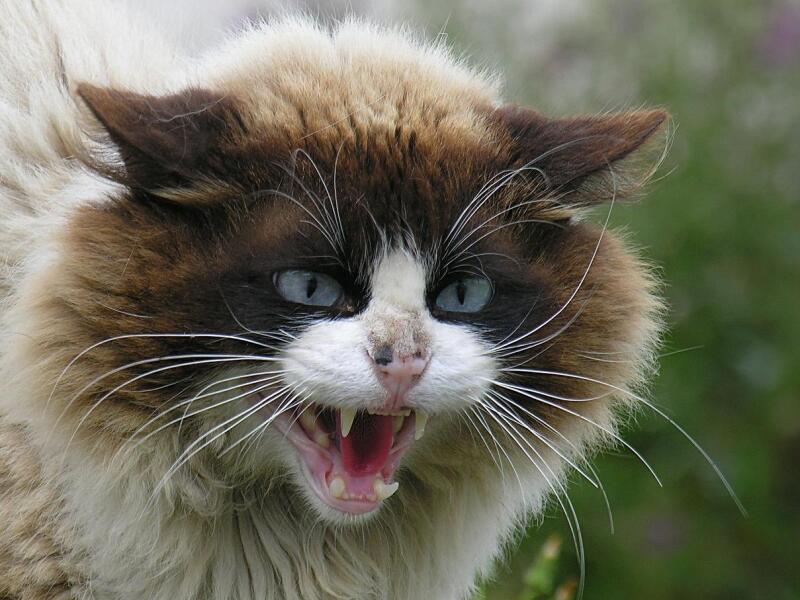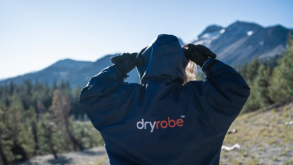The 2014 INTA Annual Meeting has come and gone, and now is a good time to think over all the meetings with colleagues and things learned over the past week. Several particularly interesting discussions have been about the new gTLDs. Though most have centred on protection strategies in this new environment, one tidbit that stuck out was a list of some of the most amusing domain names that have actually been registered under the new gTLDs. Some samples from this list, compiled by MarkMonitor:

|
Like cat pictures, complaints and rants about companies from disgruntled users are part of the internet's background noise |
1. leadershipandhorses.guru;
2. nationalguildofhypnotistscertification.training;
3. howdoiset[stuff]onfire.academy;
4. where-on-hell-in-this-cab-is-your-[effing]-gps.berlin
Why is this list so interesting? In part because it’s a reminder that the internet still has a bit of the Wild West character that characterised it in the early 90s. The new gTLDs have emphasised this frontier quality, going so far as referring to parts of the programme as a land rush.
You can’t catch them all
Rights holders have largely been pessimistic about this expansion of the domain namespace. The attitude is understandable; the new gTLD programme adds some 800 open top-level domains to the Internet, where there were previously just 22.
In this expanded universe, brand owners have to adopt new strategies for brand protection. Picking your battles is key, such as figuring out which gTLDs are likely to gain traction or will be confusing to consumers. As J Scott Evans of Adobe Systems told Managing IP: "You can't own everything. Not everything is going to be important.”
Misplaced priorities
It is somewhat surprising then, that brand owners (as well as US Senator John Rockefeller) are so concerned about the dot-sucks gTLD. While companies rightfully worry that squatters can use new gTLDs to create convincing fake sites that can fool consumers, it’s hard to see how anyone would think that a company, for example Sony, would host its official website at Sony.sucks. In a world where rights owners need to be strategic in their online brand protection, brands such as Sony and Canon should probably worry more about .photo or .camera rather than .sucks.
Claims by critics like Rockefeller that .sucks amounts to shakedown of brand owners seems to imply that companies have a right to be immune from criticism, or are at least overly sensitive. While Sony or Canon may not like that someone chooses to register sites at Sony.sucks or Canon.sucks, this is more of a brand development rather than a trade mark protection issue. Furthermore, this is not a new problem; a simple web search of ‘Sony sucks’ will return several relevant hits.
That’s the way it is
It’s also worth remembering that the chaos of the internet is also the driving force behind many of its biggest developments. While that can manifest itself in the form of annoyed taxi passengers registering silly URLs, it can also result in developments such as social media, eBay and YouTube, which succeed by harnessing the energies and creativity of internet users.
Thus the chaos caused by gTLDs like dot-sucks is, for better or worse, a part of the internet’s core identity. Internet users are savvy enough to understand this; dissatisfied customers expressing their anger online is part of the norm, and in many ways, just internet white noise in the background, like animated cat GIFs and silly quizzes.
Dot-sucks may be an annoyance and can give your brands’ critics a (marginally) louder voice, but it does not pose a uniquely serious challenge to trade mark protection.









